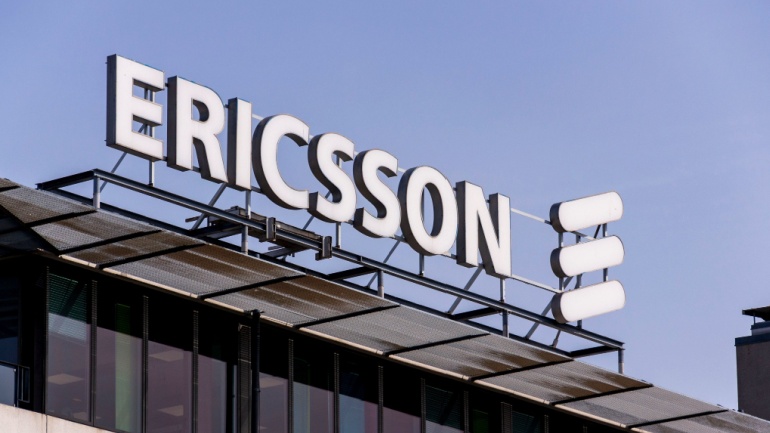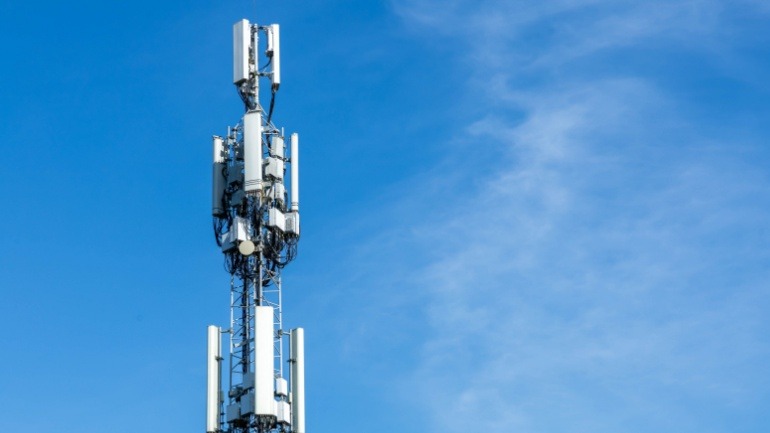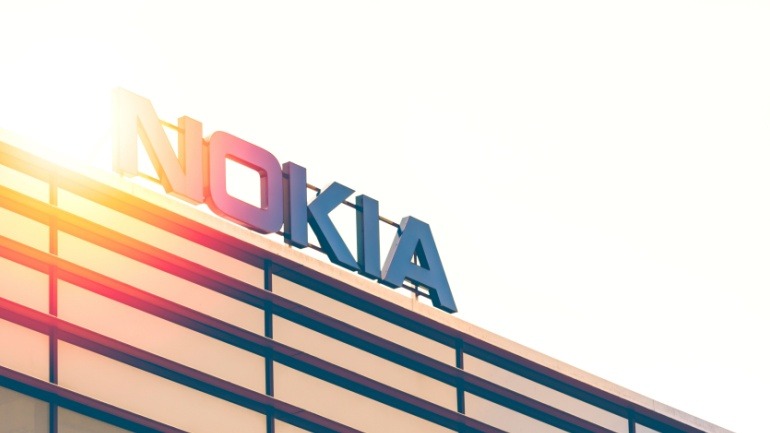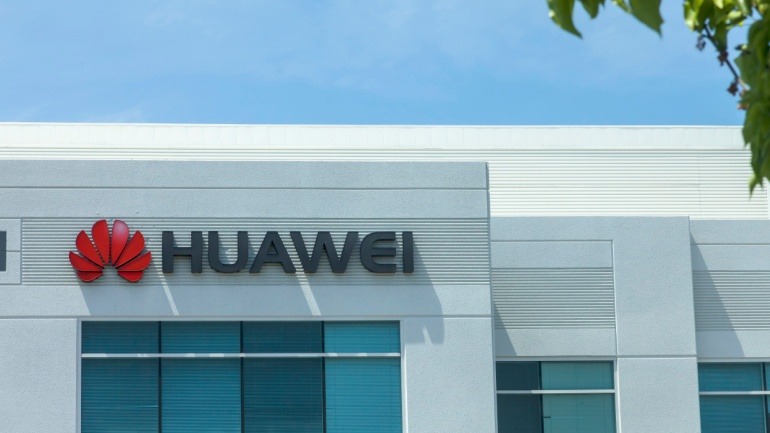In an age where robust connectivity defines our daily lives, VOIP users demand seamless performance. MediaTek’s hybrid home gateways offer a game-changing solution. By integrating multiple access technologies, these devices ensure uninterrupted networking. Such innovation is crucial for VOIP services that underpin remote work, healthcare, and education, safeguarding reliable communication lines.
The telecom industry faces a turning point as 5G emerges and 6G approaches. For telecom operators, adopting agile VoIP solutions could be transformative. Traditional systems are often expensive and cumbersome, hindering innovation. By embracing cloud-native, no-code platforms, operators can boost revenue, streamline operations, and enhance customer satisfaction, staying competitive.
Madrid is revolutionizing public safety by integrating advanced 5G capabilities into its emergency services. In collaboration with Orange and Ericsson, the city now boasts a dedicated 5G network slice for emergency responders. This ensures resilient, high-speed communication for police, fire, and medical teams, even amidst network congestion.
Ericsson is redefining its approach in the private 5G sector, aiming to challenge doubts about its telco legacy in adapting to enterprise needs. By merging dedicated private networks with indoor coverage, Ericsson targets enterprises seeking strong 5G connectivity. Their experience in large-scale deployments ensures innovative, mission-critical solutions for robust wireless communication.
Japan’s telecommunications scene shines with impressive achievements toward broad 5G coverage. SoftBank leads in network speeds, clocking at 62.05 Mbps, while Rakuten Mobile excels in 5G speeds with 128.39 Mbps downloads. However, 5G availability varies, with urban centers receiving priority investment. Despite a 98.4% 5G coverage, true 5G usage inconsistencies persist, highlighting the need for strategic rural advancements.
As 5G networks become more advanced, rigorous protocol testing is essential. This ensures seamless connectivity crucial for VoIP services, smart factories, and more. The complex protocols that govern 5G are fundamental for optimal data exchange and security. Testing these protocols helps maintain network reliability, minimizes service drops, and enhances user experiences.
Private 5G is revolutionizing enterprises by offering transformative capabilities like real-time data processing and enhanced connectivity. Significant regulatory progress and advancements in spectrum access are making private networks more accessible. As private 5G gains traction, businesses must strategically plan deployments to leverage this technology for optimized industrial and enterprise operations.
Nokia and Bharti Airtel have teamed up to offer developers in India a seamless integration of network capabilities via the Network as Code platform. This strategic move provides access to Airtel’s network APIs, enhancing VoIP capabilities with AI, 5G, and edge computing. This collaboration empowers innovation and creates new revenue channels in telecommunications.
Nokia and Telefónica Germany have extended their partnership to modernize the radio access network and accelerate 5G rollout, vital for Germany’s digital transformation. Nokia’s energy-efficient, AI-capable AirScale RAN solutions will enhance coverage and performance, while Cloud RAN and AI-driven tools promise advanced network management. This collaboration highlights their commitment to a connected future.
Vietnam’s recent decision to award 5G contracts to Huawei and ZTE signals a crucial transformation in its telecommunications strategy, impacting its VoIP infrastructure. This transition highlights Vietnam’s complex balancing act between global powers, as it embraces Chinese 5G technology despite longstanding Western security concerns. Exploring Vietnam’s evolving VoIP dynamics amid geopolitical shifts offers insight into future telecom trends, emphasizing cost-effectiveness and advanced connectivity.













